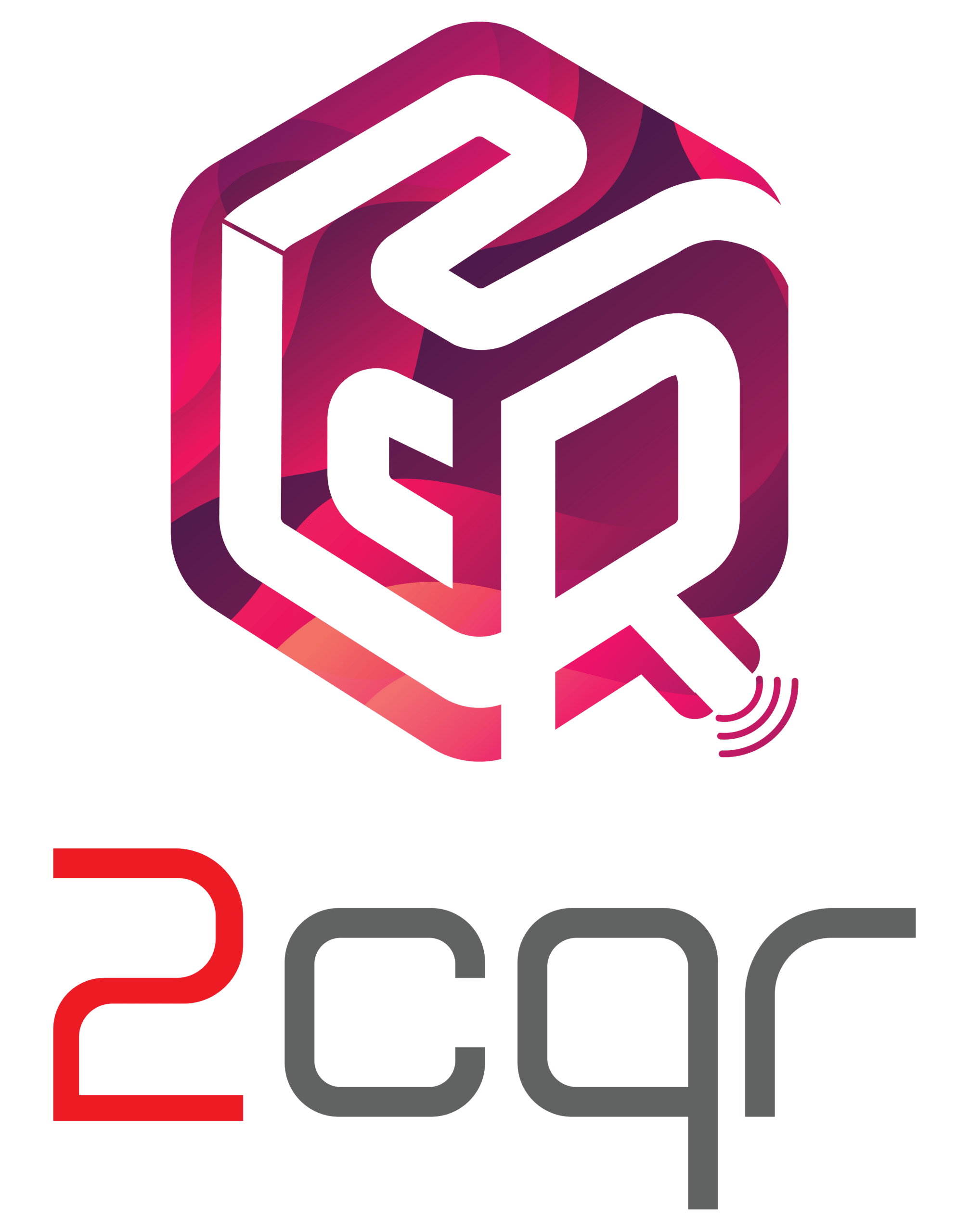In today’s tech-driven world, software plays an essential role in almost every industry and daily life. Whether you're a student, business owner, or software developer, choosing the right type of software is crucial for productivity, and long-term success. When it comes to selecting software, you are often faced with two primary options: open-source software and proprietary software. Both have their own benefits and challenges, and deciding which one is right for you depends on your specific needs, budget, technical expertise, and future goals.
In this blog, we will explore the differences between open-source and proprietary software, their advantages and disadvantages, and guide you in choosing the right option for your needs.
What is Open Source Software?
Open-source software (OSS) refers to software whose source code is freely available to the public. This means anyone can view, modify, improve, and distribute the software as long as they comply with the software’s licensing terms. Open-source software promotes collaboration, transparency, and community-driven development.
Some popular examples of open-source software include:
- Linux (operating system)
- Mozilla Firefox (web browser)
- Apache (web server)
- WordPress (content management system)
- Koha (integrated Library System )

Key Features of Open Source Software :
-
Free to Use :
Most open-source software is free to download and use. Even if there is a cost involved, it is usually minimal compared to proprietary software.
-
Customizable :
Since the source code is accessible, developers can modify the software to meet their needs. This flexibility is ideal for organizations with technical expertise or specific requirements that can’t be met by off-the-shelf solutions.
-
Community Support :
Open-source software often comes with extensive community support. Users and developers across the globe contribute to forums, create guides, and help troubleshoot issues.
-
Frequent Updates :
Open-source projects often have frequent updates and patches because of their collaborative nature. Security flaws and bugs are quickly addressed by the community.
-
No Vendor Lock-in :
Since the source code is open and available, users are not dependent on a single vendor. This means they can switch service providers or continue using the software as they wish without restrictions.
-
Transparency :
Open-source software allows you to see exactly how it works. This transparency ensures that the software doesn’t have hidden code or malware, which can be a concern in some proprietary software.
Advantages of Open Source Software :
-
Free or Low Cost :
One of the biggest advantages is that most open-source software is available for free. You can download, use, and modify it without paying for licenses or subscription fees.
-
Security :
Since the source code is available for public review, vulnerabilities and bugs are identified and fixed more quickly by the global community. This makes open-source software often more secure than proprietary options.
-
Flexibility and Control :
Open-source software offers complete control to its users. You can customize the software according to your needs, which is ideal for developers or businesses with unique requirements.
-
No Vendor Lock-in :
Since open-source software can be modified and used by anyone, you're not tied to a specific vendor for updates, support, or licenses. This reduces the risk of being dependent on one company for your software needs.
Disadvantages of Open Source Software :
-
Technical Expertise Required :
Using and modifying open-source software may require a certain level of technical expertise. While many open-source tools are user-friendly, others may need significant customization that requires programming skills.
-
Limited Official Support :
Unlike proprietary software, where you can rely on official customer support, open-source software often relies on community forums or third-party providers for help. This can be a challenge if you need immediate assistance or have specific problems.
-
Compatibility Issues :
Some open-source software may not be compatible with proprietary systems or software that your organization is already using. You may need additional tools or expertise to ensure seamless integration.
What is Proprietary Software?
Proprietary software, also known as closed-source software, is owned by a company or individual, and its source code is not available to the public. Users must purchase a license or subscription to use the software and are typically restricted from modifying or redistributing it.
Some well-known examples of proprietary software include:
- Microsoft Windows (operating system)
- Adobe Photoshop (photo editing software)
- Microsoft Office (productivity suite)
- Zoom(video conferencing software)
Key Features of Proprietary Software :
-
Ownership and Control :
The source code is owned by a specific company, and users cannot view or modify it. The software is distributed under a strict licensing agreement.
-
Regular Updates :
Proprietary software is usually updated and maintained by the company that owns it. Users receive official updates and support as long as they comply with the licensing terms.
-
Ease of Use :
Proprietary software is often designed with a user-friendly interface, making it accessible to individuals with varying levels of technical expertise.
-
Customer Support :
Most proprietary software companies offer official customer support, providing users with timely assistance, troubleshooting, and updates.
-
Limited Customization :
Since users cannot access or modify the source code, there is very little room for customization. You are bound by the features and functionality provided by the software vendor.
Advantages of Proprietary Software :
-
Comprehensive Support :
Proprietary software usually comes with official customer support, which can be crucial for businesses that require immediate solutions to technical issues.
-
Integration and Compatibility :
Proprietary software is often designed to work smoothly with other commercial products. For example, Microsoft Office products are designed to integrate smoothly with Windows and other Microsoft services.
-
Advanced Features :
Companies that develop proprietary software often invest heavily in creating advanced features and ensuring that the software meets the needs of businesses and professionals.
-
Security :
While open-source software benefits from public scrutiny, proprietary software benefits from the resources and dedicated security teams of the company that owns it.
Disadvantages of Proprietary Software :
-
Cost :
Proprietary software is typically expensive. You’ll need to purchase licenses or pay subscription fees, which can be a significant expense for businesses and individuals.
-
Vendor Lock-in :
Once you start using a proprietary system, it can be difficult and costly to switch to another software solution. This is known as vendor lock-in, where users are dependent on a single vendor for updates, support, and compatibility.
-
Limited Customization :
Since you don’t have access to the source code, you can’t modify the software to suit specific needs. You are limited to the features provided by the software company.
-
Privacy Concerns :
With proprietary software, you’re trusting the company with your data. In some cases, there may be concerns about how your information is handled, especially if the company has access to user data.
Open Source vs Proprietary Software: Which One Should You Choose?
The decision between open-source and proprietary software largely depends on your specific needs, budget, and technical expertise. Here are some factors to consider when making your choice:
-
Cost :
If budget is a significant concern, open-source software is generally the better option, as it is usually free or low-cost. Proprietary software may require a substantial upfront investment.
-
Customization :
If you need software that can be tailored to meet your specific requirements, open-source software gives you the freedom to modify and customize it as needed. Proprietary software, on the other hand, is more rigid and offers limited flexibility.
-
Technical Expertise :
If you or your team lack technical skills and need a simple, user-friendly solution, proprietary software may be the better option. Open-source software may require more technical knowledge to set up and maintain.
-
Support :
If you rely on consistent, official support for troubleshooting and updates, proprietary software typically offers better customer service and official documentation. Open-source software often depends on community support, which may not always be immediate or reliable.
-
Security :
Both open-source and proprietary software have their own security risks and advantages. Open-source software benefits from community scrutiny, while proprietary software has dedicated security teams. It's essential to assess the specific security needs of your organization.
-
Long-Term Goals :
Consider your long-term goals. If you want to avoid being locked into a single vendor and need flexibility, open-source software might be the right choice. If you prefer a well-established product with guaranteed support and updates, proprietary software may suit you better.
Conclusion :
Both open-source and proprietary software have their own unique advantages and disadvantages. Open-source software offers flexibility, customization, and cost savings, but it may require technical expertise. Proprietary software provides ease of use, official support, and advanced features but comes with higher costs and limited customization.
The right choice ultimately depends on your specific needs, whether you're an individual user, a business owner, or part of a large organization. Evaluate the pros and cons of each type carefully and choose the one that aligns best with your goals and resources.
In the context of technology, striking a balance between open-source and proprietary software could also be an ideal solution. Many businesses use a combination of both to enjoy the benefits of each.
